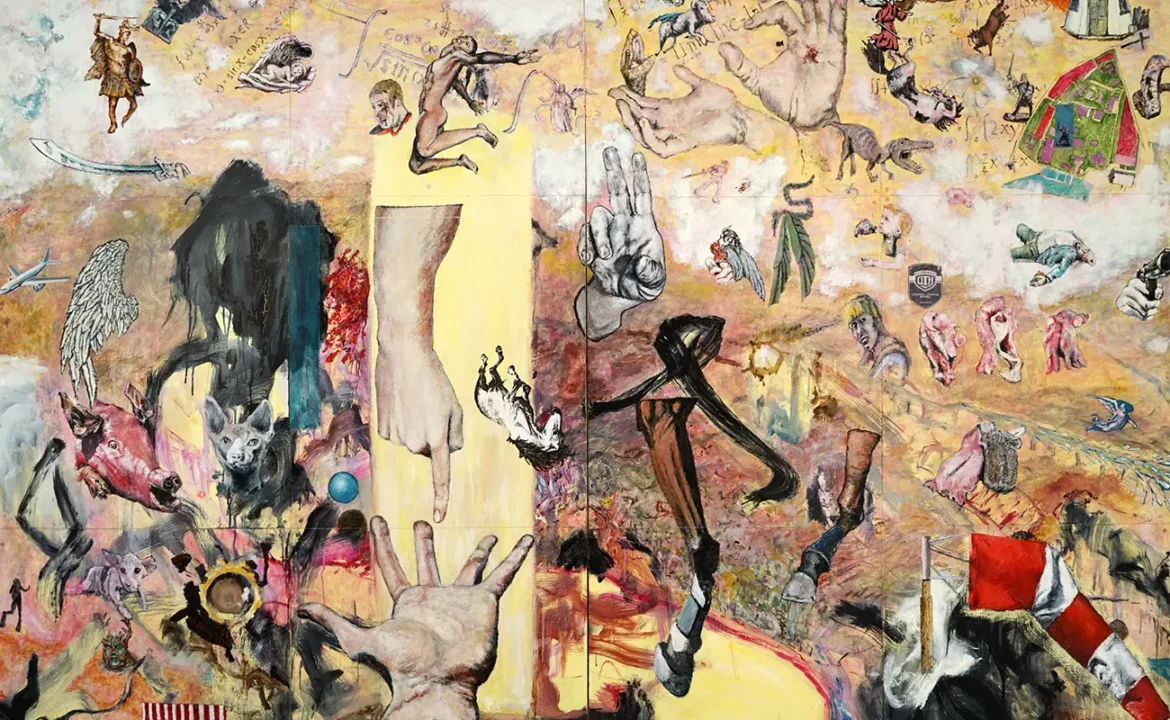Shayne Brantley: The Art of Letting Go and Scraping Back
In the early 1980s, Brantley’s journey into artmaking took a decisive turn when he enrolled at Austin College in Sherman, Texas. Initially, he approached his work with a conceptual looseness, attempting to avoid fixed ideas or expectations. However, such neutrality proved short-lived. Formal concerns quickly began to dominate until an unexpected challenge from his instructor, Joe Havel, altered his trajectory. Havel’s simple directive—“Stop composing”—was more than advice; it was an awakening. That phrase became Brantley’s compass, enabling him to shift from intentionality to instinct. The experience catalyzed a practice that encourages accident, resists polish, and rewards exploration. From that moment, he began to treat drawing and painting not as destinations but as acts of discovery, shaped as much by erasure and failure as by precision and control.
Brantley’s process-oriented philosophy fully matured during his time at the University of Minnesota, where he pursued an MFA and later attended the Skowhegan School of Painting and Sculpture in Maine. Skowhegan reinforced his confidence and encouraged him to scale up both conceptually and physically. After completing his formal education, he relocated to New York City, a period of his life marked by both artistic output and practical survival—painting and drawing during the day, driving a cab to make ends meet. These dual roles, one creative and one pragmatic, mirror the friction that continues to fuel his work. He regards his output as direct and sincere, not burdened with irony or satire. Instead, his pieces seek openness, embodying a subtle existential curiosity. They are born from the belief that meaning exists without the need for justification or narrative.
At the core of Brantley’s style lies a fascination with process. His technique involves applying layers of media—paint, pencil, ink—onto various surfaces such as metal, wood, paper, or canvas, only to aggressively scrape, gouge, or remove those layers. This act of construction and deconstruction is more than aesthetic; it is philosophical. It suggests that clarity often emerges from disruption. Within these physical strata, the artist finds what he calls “pleasingly unanticipated results.” Some images survive this excavation; others are lost, becoming ghosts beneath the surface. His large-scale works like “Popcorn as Asteroid” and “Chick,” both housed in private Houston collections, exemplify this dialogue between intention and accident. In contrast, smaller pieces like “Teacup,” rendered on metal, demonstrate that intimacy and impact are not mutually exclusive.

